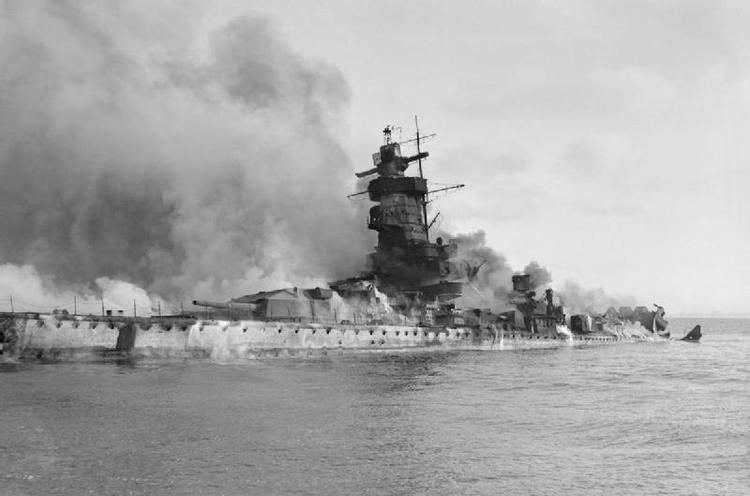 | ||
Uruguay stayed neutral during most of World War II, despite internal disputes and pressure to join the Allies. Great Britain remained an influential power during all of the conflict, with the notable activity of Sir Eugen Millington-Drake, British Minister in Montevideo.
Contents
Graf Spee
On December 13, 1939 the Battle of the River Plate took place off the coast of Uruguay between British forces and the German "pocket battleship" Admiral Graf Spee. After a 72-hour layover in port of Montevideo the captain of the Graf Spee, believing he was hopelessly outnumbered by the British, ordered the ship to be scuttled. Most of the surviving crew of 1,150 were interned in Uruguay and Argentina and many remained after the war. A German Embassy official in Uruguay said his government has sent an official letter stating its position as to whether Germany claims ownership of the vessel. The German claim would be invalid because early in 1940 the Nazi government sold salvaging rights to the vessel to a Uruguayan businessman who was acting on behalf of the British government. However, any salvaging rights would have expired under Uruguayan law. By 1940 Germany had threatened to break off diplomatic relations with Uruguay. Germany protested that Uruguay gave safe harbor to the HMS Carnarvon Castle after it was attacked by a Nazi raider. The ship was repaired with steel plate reportedly salvaged from the Graf Spee.
Declaration of war
On January 25, 1942 Uruguay broke diplomatic relations with Nazi Germany, as 21 American nations did the same (except for Argentina). In 1945, it formally joined the Declaration by United Nations; Uruguay declared war on Germany and Japan on 15 February.
